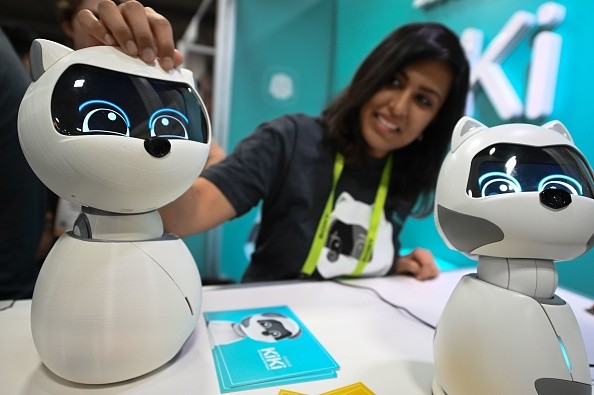Dementia patients have been found to benefit a lot from having a robot pet around, according to a recent study.

A team of researchers from the Florida Atlantic University's Christine E. Lynn College of Nursing has found that significant improvements in mood, cognition, and overall behavior was observed in dementia patients who interacted with a robotic cat, reports NeuroScienceNews.
To achieve results, the study (published in the journal Issues in Mental Health Nursing) used the Mini Mental State Examination for testing cognition; the Alzheimer's Disease and Related Dementias Mood Scale for testing mood; and the Observed Emotion Rating Scale and the Cornell Scale for Depression in Dementia.
Among the most significant observations was how the dementia patients seemed to smile more and feel even more at ease while interacting with robots.
One patient even said that the robot pet is looking at them like someone who listens and loves them.
With what they achieved in the study, the researchers are hoping that this could usher in a future where managing dementia symptoms is done more naturally and without the need for pharmacological methods.
This, alongside other methods such as exercise and even doing housework, will be excellent ways of handling dementia symptoms or even keep them at bay for an extended time.
How Is A Robot Pet Helping With Dementia, Exactly?
Robots designed to look, feel, and even act like real animals are seemingly proving effective when it comes to treating dementia patients.
According to a report by the BBC, these robot pets are banking on the documented benefits of using live animal therapy on dementia patients. Here is a video:
By interacting with the animals, be it real or robotic, the patients' behavioral and psychological symptoms are soothed, and even reduces their overall need for specific medications.
Also called animal-assisted therapy (AAT), this method of handling dementia symptoms has also shown massive promise in terms of improving other areas of a senior citizen's physical health, writes TechEnhancedLife.
AAT has helped improve both heart and lung functions, decrease the production of bad hormones, and even decrease overall anxiety in patients who have been hospitalized for heart failure.
Why Robots And Not Real Animals?
Elderly people, especially those suffering from dementia, have already experienced major declines that could mean it's no longer safe to have an actual animal around them.
Furthermore, getting live animals from point A to point B for therapy purposes can be too much of a hassle. This makes it not as accessible to anyone. And that's where robots and robot pets come in.

Companies such as Tombot (the one featured in the BBC video) already have the capability to create realistic-looking robot animals. They're even recommending that these machines be introduced as early as possible (i.e. early onset dementia), at a time when the patient's cognitive abilities, despite the decline, are still at their strongest.
That way, the patient will still have the ability to build the appropriate mental attachment to the robot pets. In time, when they've declined even further, they will already keep looking to the animal for comfort whenever they need it.
This article is owned by Tech Times
Written by RJ Pierce
ⓒ 2026 TECHTIMES.com All rights reserved. Do not reproduce without permission.




